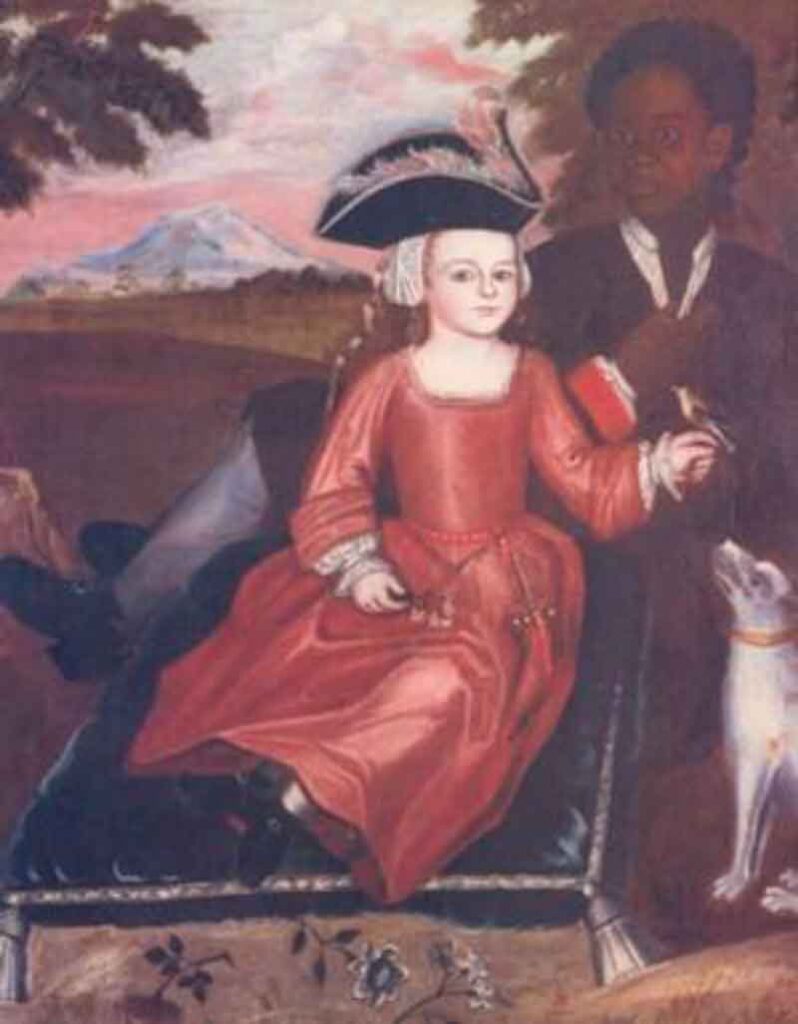 Grades 4 – 11, Social Studies & ELA
Grades 4 – 11, Social Studies & ELA
Guided by essential questions, students learn to read primary source documents and artifacts from the digital collection by the same name and other available resources to better understand slavery and gradual emancipation in Albany.
Teacher’s Guides contain lesson plans, sample answers, and connections to NYS & Common Core learning standards.
Classroom Slides can be used for in-person or remote instruction, or as independent assignments. Activities include guided questions, prompts to dig deeper into historical topics, links to primary sources and a 3D tour of the historic house.
Printable worksheets correspond with the lesson plans and classroom slides.
Slavery at Cherry Hill
Grades 4-8
Students look at primary objects and documents and take a 3D tour of the museum to learn about the institution of Slavery in Albany, New York. Activities increase content knowledge, strengthen foundational skills, and support 4-8 Common Core standards for ELA & Social Studies.
Teacher’s GuideClassroom SlidesWorksheets
Slavery in Albany, New York, Lesson 1
Grades 7-12
Guided by essential questions, students analyze primary objects and documents related to the period of enslavement to better understand the experiences of enslaved people until Emancipation in 1827. The lesson ends with the solving of a “True Cherry Hill Mystery” and a 3D tour of the museum. This is one of two lessons, and supports 7-12 curriculum standards for Social Studies & ELA.
Gradual Emancipation: Slavery by a Different Name, Lesson 2
Grades 7-12
Guided by essential questions, students analyze primary objects and documents related to gradual emancipation and the legacy of Slavery as it manifested at Cherry Hill. The lesson ends with the solving of another “True Cherry Hill Mystery” and 3D tour of the museum. This is the second of two lessons, and supports 7-12 curriculum standards for Social Studies & ELA.
These teaching units were made possible in part by a major grant from the National Endowment for the Humanities: Democracy demands wisdom. Many thanks to NEH for making possible the research, digitization, and interpretation of the collection, and the creation of these materials.
Another thanks goes to Siena College for the use of their Digital Scholarship Center to scan dozens of books and fragile manuscripts, as well as the college’s McCormick Center for the Study of the American Revolution internship program.